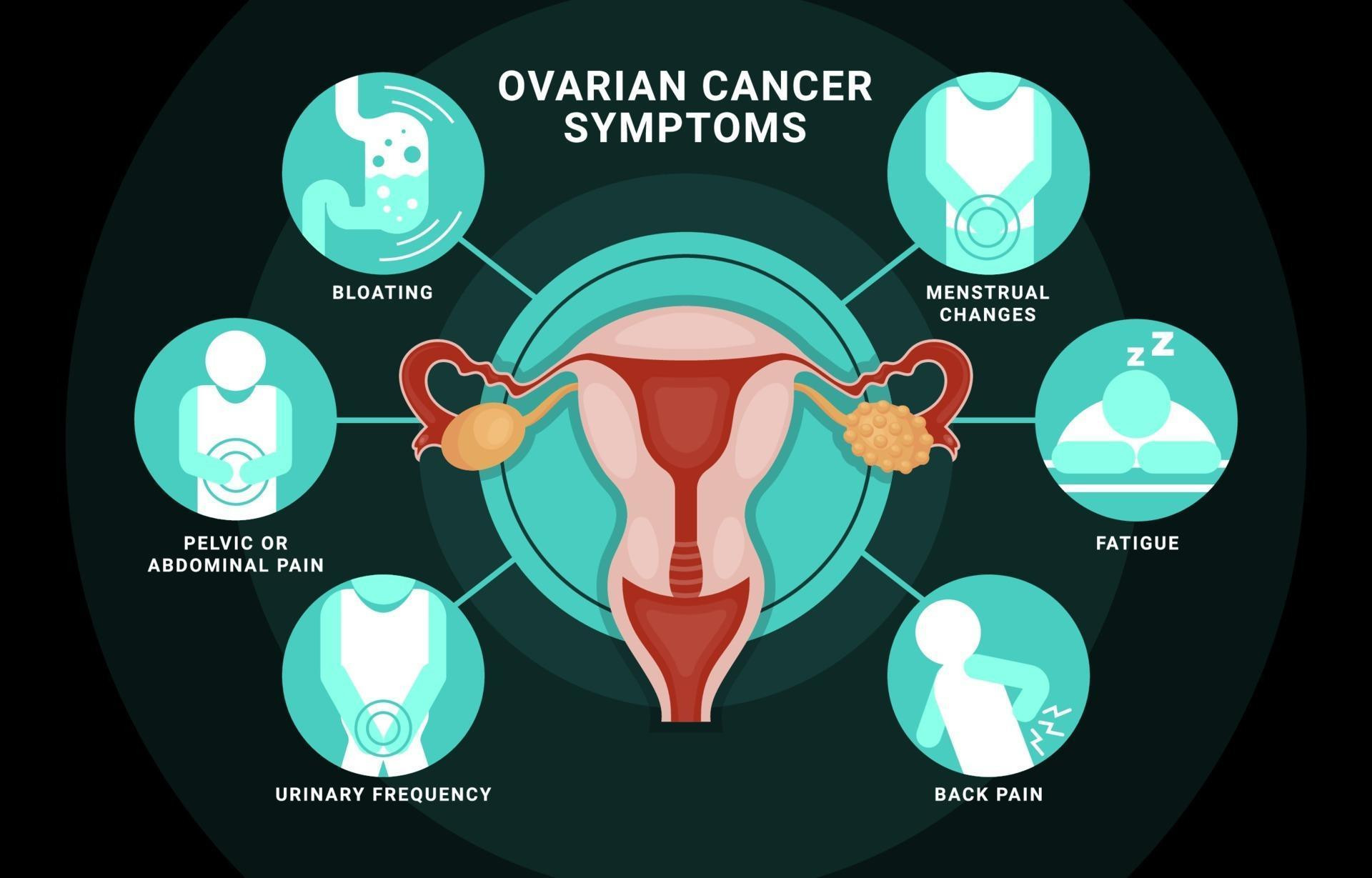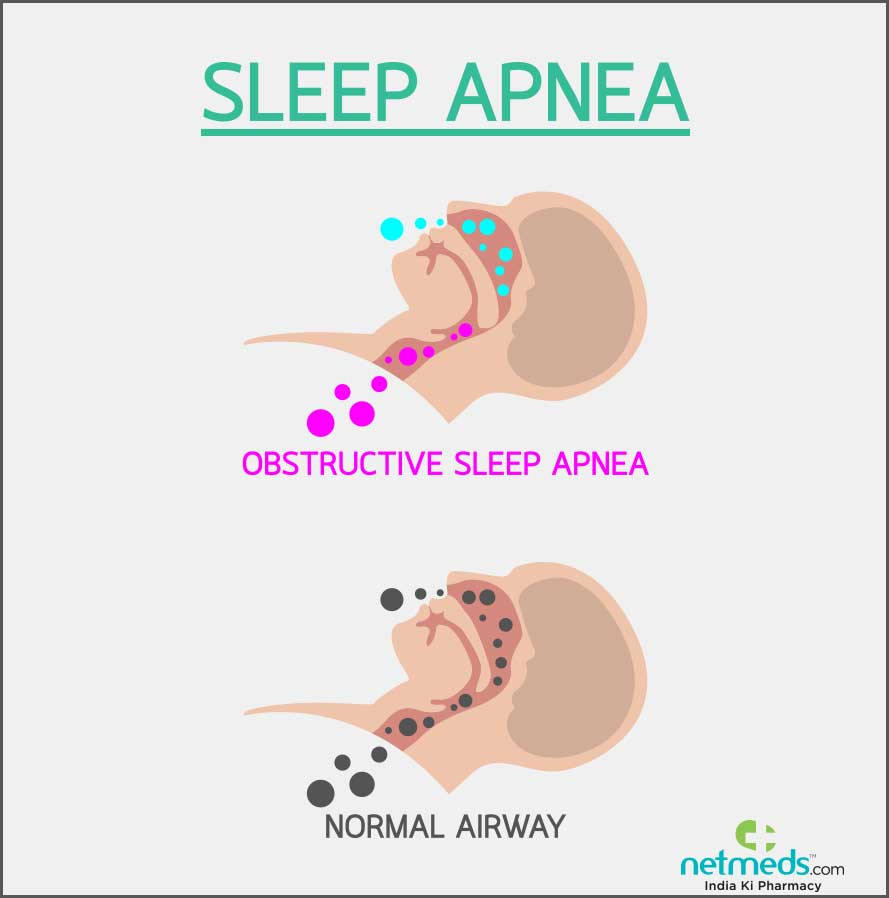Despite chronic research in the field of cancer, some types of the disease still resist the diagnostic and therapeutic steps that science has made, continuing to trouble experts. A typical example is ovarian cancer, known for its ability to "hide" until it reaches an advanced stage, where it is too late to be treated effectively. This fact constantly worries patients and specialists, given the importance of early intervention for patient survival. Recent research, however, is providing promising data for early detection of ovarian cancer, focusing on four specific symptoms.
Dr Jenny Doust, Clinical and Research Professor at the University of Queensland's Australian Women's and Girls' Health Research Centre, presents this latest research data in her article on The Conversation.
The challenge of early detection
One of the main reasons why ovarian cancer is so difficult to detect early is that its symptoms are often vague and can easily be confused with less serious conditions. Unlike cervical cancer, which can be detected through regular screening, ovarian cancer is not controlled by a simple diagnostic method. In addition, pelvic examinations, usually performed during routine check-ups, fail to effectively detect the disease in its early stages.
However, the stage at which the cancer is diagnosed greatly affects the survival rate. For example, if it is confined to its original location, the five-year survival rate reaches an encouraging 92%. But when the diagnosis is made at more advanced stages, where the cancer has spread to other parts of the body, the survival rate drops dramatically, with only 31% of women surviving 5 years after diagnosis.
Fast-Tracking Diagnosis
In this context, a new study published in the BMJ revives hopes for early diagnosis and higher patient survival rates. The research was carried out between June 2015 and July 2022 in 2,596 women aged 16-90 from 24 UK hospitals and focused on 4 specific symptoms:
- constant bloating,
-feeling of quick satiety,
- abdominal pain
-frequent urination
Women who reported consistently experiencing any of these symptoms were quickly referred to a specialist within 2 weeks. The fast track included an initial blood test, which measured the level of cancer antigen 125 (CA125). If it was abnormal, the women underwent an intravaginal ultrasound for further investigation.
The results were promising, showing that this procedure is better at detecting ovarian cancer than general screening of people who have no symptoms. Of the 1,741 women who underwent rapid screening, 12% were diagnosed with some form of ovarian cancer. In particular, 6.8% were found to have high-grade serous ovarian cancer, the most aggressive type, responsible for 90% of deaths. Remarkably, 1 in 4 women with this aggressive form of cancer was diagnosed at an early stage, allowing earlier and potentially more effective treatment. Moreover, some promising signs were observed in the treatment of patients with an aggressive form. Most (95%) underwent surgery and 3/4 (77%) underwent chemotherapy. Complete cytoreduction – meaning all the cancer appears to have been removed – was achieved in 6 out of 10 women (61%).
Understanding the Symptoms
The study's findings suggest that focusing on a specific set of symptoms and fast-tracking patients for further testing could significantly improve early detection rates of ovarian cancer. Although the study did not track long-term survival outcomes, it is known that being able to diagnose cancer early offers a better chance for successful treatment. Clinicians also need to be able to recognize all the ways ovarian cancer can present, including vague symptoms like general fatigue.
The study also highlights the importance of public awareness of the symptoms. If they receive adequate information about the importance of these symptoms, women may be encouraged to seek medical advice earlier, potentially leading to earlier diagnosis and treatment. This will help not only to detect the disease before it progresses, but also ensures that the treatment is more effective.
When to See Your Doctor
The HSE have issued an urgent warning over "difficult to recognise" symptoms of a deadly cancer. While bloating, feeling full quickly, abdominal pain and needing to urinate often are known to be associated with ovarian cancer, they can also have many other causes.
Early stages of ovarian cancer often cause no symptoms at all. That also makes it challenging to diagnose. It’s important to note that the risk of developing ovarian cancer gets higher with age. Most ovarian cancers develop after menopause. And half of all ovarian cancers are found in women 63 years of age or older.
Another significant risk factor is carrying around extra pounds, as fat tissue can produce excess estrogen. Having a family history of ovarian, breast or colorectal cancer (or having had breast cancer yourself) increases your risk, too.
“It’s important for women to speak with their physician about their possible risk factors for gynecologic cancers,” says Dr. Cohen. “20 percent of ovarian cancer is due to genes inherited from your mom or dad. If we know this, we can take measures to prevent this cancer from developing.”
Early intervention is critical to enhance chances of surviving ovarian cancer. But how can you tell when these symptoms may warrant further investigation?
“Because these symptoms are common, it’s important to notice if they continue for a while or happen often without a clear cause,” says Dr. Dasgupta. “If any of these symptoms last more than a few weeks or are recurring, it’s a good idea to talk to your doctor. If symptoms persist for over a month, consider specific tests like a blood test for the cancer marker CA125.”
Your doctor can only discern cancer with a “gold standard” cancer test like a biopsy. But ovarian cancer biopsies are invasive because they require a surgical procedure, cautions Jhaveri. This is why non-invasive testing, such as the CA125, is more ideal. It helps rule out conditions that share these symptoms but are not cancerous, she notes.
When ovarian cancer is detected at an early stage, more treatment plan options are likely to be available. And the five-year survival rate is significantly higher (close to 90 percent), says Dr. Cohen.
Living With Ovarian Cancer
“It’s absolutely a miracle that I’m here,” said Kristi Guider, a Knoxville woman who was diagnosed with stage four small cell ovarian cancer in 2015. Despite the odds being stacked against her, Guider has thrived in the years since. She’s had surgery, chemotherapy and immunotherapy. She’s also found new meaning in her life, focusing on her family, her dog and the simple joys that life offers. While her journey hasn’t been easy, Guider’s story highlights the importance of awareness and early detection. The fact that she was able to find a glimmer of hope in the face of such adversity underscores the power of human resilience and the importance of never giving up on a chance for survival.


















